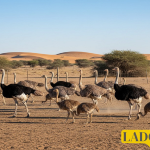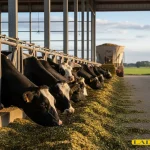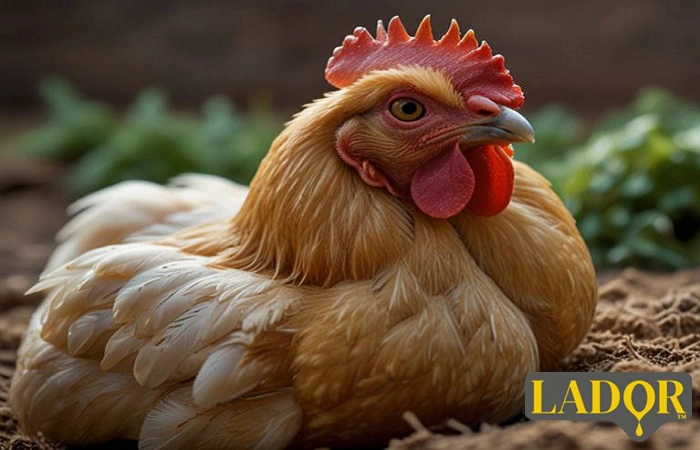

Feed for laying hens is essentially the primary fuel source for these birds to produce eggs. Just as a car needs gasoline, a laying hen requires a nutritious and balanced diet to produce healthy, high-quality eggs. This feed must provide the bird with sufficient quantities of nutrients, including proteins, carbohydrates, fats, vitamins, and minerals. In the following sections, we will delve deeper into layer chicken feed.
A layer chicken diet is a combination of nutrients designed to meet the energy, growth, and egg production needs of the bird. The choice of diet depends on factors such as the hen’s age, breed, environmental conditions, and production goals. In the following sections, we will examine the various types of diets and the advantages and disadvantages of each.

Advantages:
Disadvantages:
Advantages:
Disadvantages:
Advantages:
Disadvantages:
Advantages:
Disadvantages:
The nutritional needs of laying hens depend on various factors that influence the quantity and type of nutrients they require. Some of the most important factors include:
In this method, a specific amount of feed is provided to the hens at specific times. This allows for precise control over feed consumption and prevents excessive fattening. This reduces production costs and improves egg quality.
In this method, feed is continuously available to the hens. As a result, stress in laying hens is reduced, and they can eat whenever they want. Consequently, water consumption also increases.
In the automatic method, mechanized systems deliver a specific amount of feed to the chickens at predetermined times. This ensures high accuracy in feed distribution and eliminates the need for manual labor.

Proper nutrition for laying hens is a long-term investment that increases production, improves product quality, and reduces costs. To achieve optimal results, it is recommended to use high-quality feed and regularly assess the flock’s nutritional status.
Ala Sepahan oil factory under the Lador brand, with more than a decade of activity in the field of producing all kinds of animal and industrial powders and oils, such as; It markets fatty acid, rapeseed oil, hydrogenated soybean oil, raw materials for the production of ostrich feed, horse, quail feed, day-old chicken feed, etc. Contact Ladrfat experts for more information.